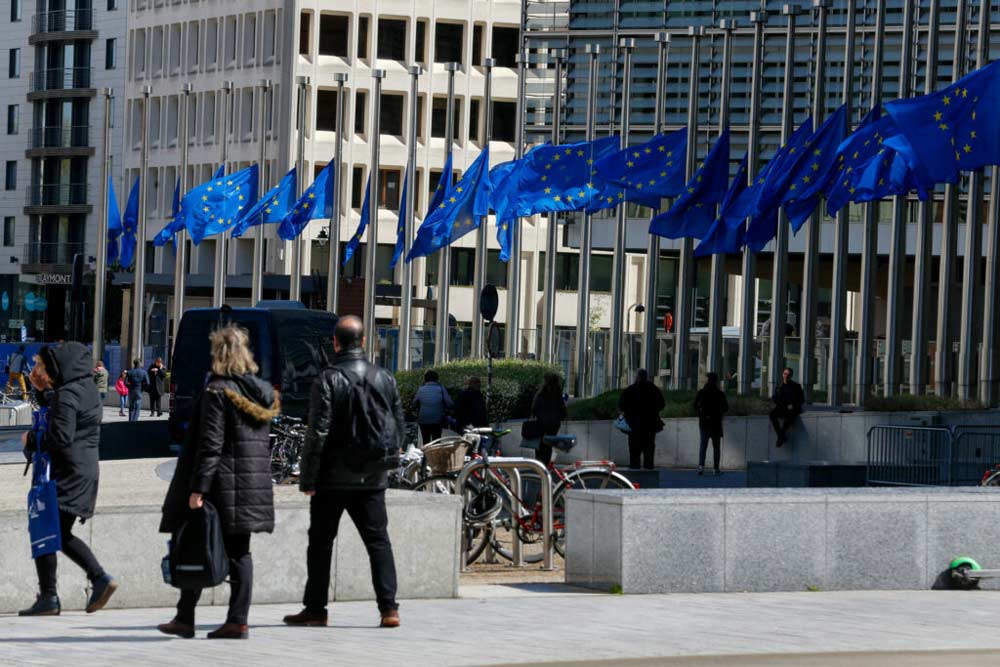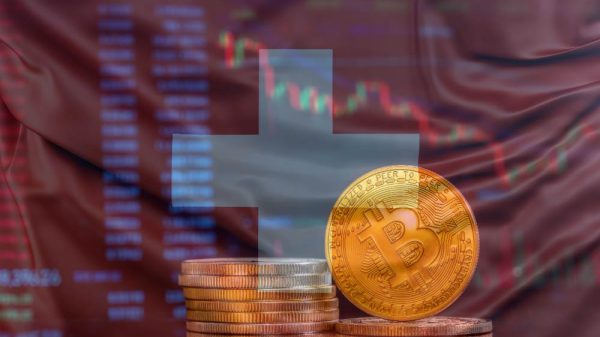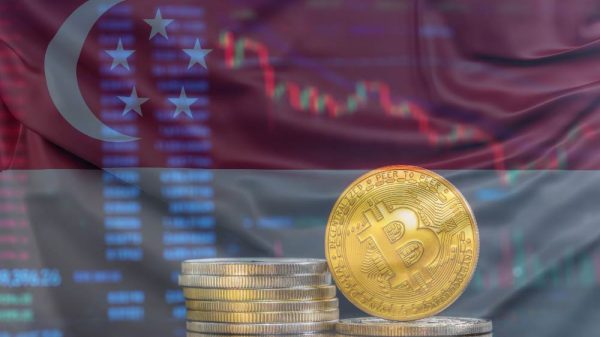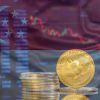The European Central Bank (ECB) opted to keep its key interest rate unchanged at 2% during its July meeting, citing significant economic uncertainty stemming from ongoing tariff disputes between the European Union (EU) and the United States. This decision comes as the EU faces a critical juncture in trade negotiations with its largest trading partner, with the prospect of new tariffs potentially disrupting the economic balance.
A Fragile Economic Environment
ECB officials have faced a challenging year, cutting interest rates at each of the prior four meetings to counteract slowing growth and inflationary pressures. Rates have been eased from 3% in January to the current 2%. Despite these efforts, the ECB acknowledged the “exceptionally uncertain” environment, driven by geopolitical tensions and trade disputes.
While inflation in the eurozone recently hit the ECB’s 2% target, analysts widely expected a rate hold this month due to the precarious economic landscape. The U.S., the EU’s largest bilateral trade and investment partner, imported €503 billion ($590 billion) worth of goods from the bloc last year. However, this trade relationship could be severely impacted if proposed tariffs of up to 15% on EU imports materialize, prompting retaliatory measures from the EU.
Lagarde’s Perspective on Economic Risks
ECB President Christine Lagarde highlighted that the eurozone’s economic performance in the first quarter of 2025 exceeded expectations, partly due to businesses accelerating exports in anticipation of tariff hikes. However, she warned that risks to growth remain “tilted to the downside.” An escalation of trade tensions could dampen exports, investment, and consumption while eroding business and household confidence.
Lagarde also noted that a quick resolution to the trade dispute, coupled with increased European defense and infrastructure spending, could yield higher-than-expected growth in the coming months. However, she emphasized the need for vigilance in monitoring how these dynamics play out.
The Euro’s Strength and Inflation Concerns
The recent appreciation of the euro has added another layer of complexity to the ECB’s policy outlook. The euro has risen significantly against the U.S. dollar, trading at $1.175, up from $1.026 at the start of the year. A stronger euro can have a deflationary effect, as cheaper imports put downward pressure on prices. Lagarde acknowledged that this dynamic could push inflation below expectations, especially if global tariffs reroute exports to the eurozone, increasing supply and lowering prices.
At the same time, the ECB is closely monitoring the potential for fragmented supply chains and extreme weather events to drive inflation upward. Lagarde described the current situation as one requiring a “wait and watch” approach, with the central bank keeping all options open.
Future Rate Adjustments?
Market analysts are split on the ECB’s next move. Joe Nellis, an economic advisor at MHA, suggested that another rate cut may be on the horizon if U.S.-EU trade tensions escalate. He pointed out that a failure to secure a trade deal before the U.S. implements a proposed 30% tariff on August 1 could compel the ECB to act again in September to mitigate economic damage.
Conversely, Mark Wall, Deutsche Bank’s chief European economist, argued that the ECB might pivot toward rate hikes in the medium term. He noted that if trade uncertainty subsides, the combination of resilient economic growth and fiscal easing could shift inflationary risks to the upside.

